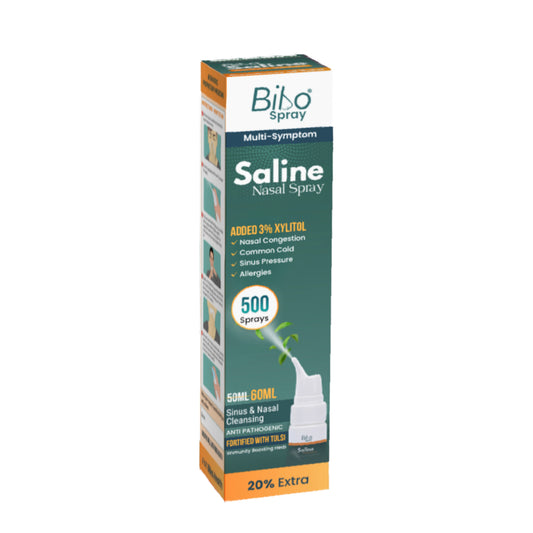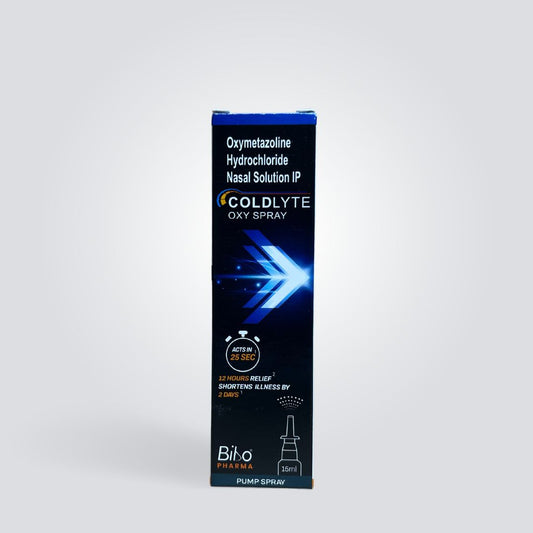
Nasal polyps are soft, painless, noncancerous growths lining the nose and sinuses. They often occur in groups, like grapes and stems. The main causes of nasal polyps are allergic rhinitis, asthma, aspirin allergy, acute and chronic sinuses infection. The main symptoms of nasal polyps are runny or stuffy nose, facial sinuses fullness, and breathing difficulties.
For centuries home remedies are considered the best treatment for diseases. In Asian countries, home remedies have central importance because of cultural differences and fewer side effects. They do not reduce the polyps but can alleviate the symptoms. Some important home remedies for nasal polyps are:
- Cayenne pepper
Cayenne pepper is traditionally used as a spice which has many health benefits. It is considered a herb in Ayurveda. It contains many active components, such as capsaicin, 6,7-dihydrocapsaicin, homocapsaicin, alpha- and beta-carotene, etc., which are responsible for various medicinal properties. It is also a source of vitamins A and C.
It acts as an excellent decongestant, expectorant, and anti-inflammatory agent.
Capsaicin helps to stimulate nasal secretions and protects the mucus membranes of the respiratory tract. It reduces nasal hypersensitivity to various allergens. Therefore, it can be used to ease the symptoms of rhinitis.
Various studies suggest the positive health benefits of capsaicin, such as improvement in nasal congestion, sinus pain and pressure, headache, and stimulation of the nasal secretions to protect the mucosal membrane. It helps to clear the thick mucus and open the airway. It also helps to relieve chest congestion, cough, bronchitis, and other respiratory infections.
A study shows that topical intranasal capsaicin spray is helpful in reducing the symptoms of nasal polyposis.
Cayenne pepper is a good source of beta-carotene. Beta-carotene helps in reducing the symptoms of asthma. It also helps in the development of healthy mucus membranes in the nasal passages, sinuses, lungs and urinary tracts, which will protect against invading pathogens and increase immunity to infections.
How to use it? Cayenne pepper can be taken as a tea, gargle, nasal sprays, solutions, inhalation, or a food spice. Cayenne pepper tea is beneficial in treating cold and flu. Gargling with cayenne pepper tea with a pinch of natural rock salt in the sore throat may be very effective.
- Tea tree oil
Tea tree oil has antiseptic, antibacterial, and anti-inflammatory properties. These properties make it good to clear nasal passages and to reduce swelling. It reduces itching, addressing inflammation and infection as an antimicrobial.
How to use it? Make a solution of tea tree essential oil with a carrier oil. For it, take almost 38 grams or a small amount of carrier oil and add 3-5 drops of tea tree essential oil. Almond oil and olive oil can be used as a carrier. After the preparation, soak a cotton swab in the solution and press the nasal polyps and nasal passages.
- Steam inhalation
Steam inhalation is one of the most widely used home remedies to soothe and open the nasal passage. It is thought to work by loosening mucus and its quick drainage. Use the vapor cautiously as they can burn you. You can also use hot showers, baths, steam rooms, and even humidifiers.
- Butterbur
Butterbur or Petasiteshybridusis a home herbal remedy that exhibits antihistamine and anti-leukotriene activity. It is used to reduce allergies, nasal congestion, migraine, and asthma. It is beneficial for sinus-related infections, especially nasal polyps. It is generally permitted but it can cause complications such as sickness, fatigue, GIT disorders (nausea, vomiting, stomach upset), breathing difficulties, and drowsiness. It may also cause an allergic reaction.
- Neti pot
It is also called nasal irrigation. Neti pot is a small device that is used to clean nasal cavities and sinuses with sterilized or distilled water. A saline solution may also be used for irrigation. The device contains a spout at one side through which liquid is poured into the nasal passages. It can hydrate the mucosal surfaces and thick mucus.
How Bibo Help!
Bibo products can manage the symptoms of nasal polyps. Following products can be used for nasal polyps.
- Bibo rub on vapor rub is easy to apply on the chest, thorax, top of the nose, and forehead. It contains peppermint oil, eucalyptus oil, aloe vera, tulsi, coconut oil, and lavender oil. It is natural and frees off camphor and mineral oil that are harmful to the body. Their natural ingredients relieve breathing difficulties, nasal congestion, common cold, and headache.
- Bibo clear vapor patches are hands-free inhalers that open the blocked airways. First time in India, an inhaler you do not have to hold. because you can stick it on your pillow or t-shirt and can enjoy the fresh air.
- Bibo saline nasal spray relieves the stuffy nose by diluting the mucus. It contains tulsi which is antibacterial in action. It can open the blocked nose. It can also be used in neti kriya. Pour one third of the bottle in distilled water, and perform as instructed.
References
- Bikhazi, N. B. (2004). Contemporary management of nasal polyps. Otolaryngologic Clinics of North America, , 37(2), 327-337.
- LIU, X. Y. (2013). Effects of triamcinolone acetonide nasal spray on the expression of eotaxin-2 and the number of EOS in nasal polyps. Practical Pharmacy and Clinical Remedies, .
- Newton, J. R.-S. (2008). A review of nasal polyposis. Therapeutics and clinical risk management, , 507.




